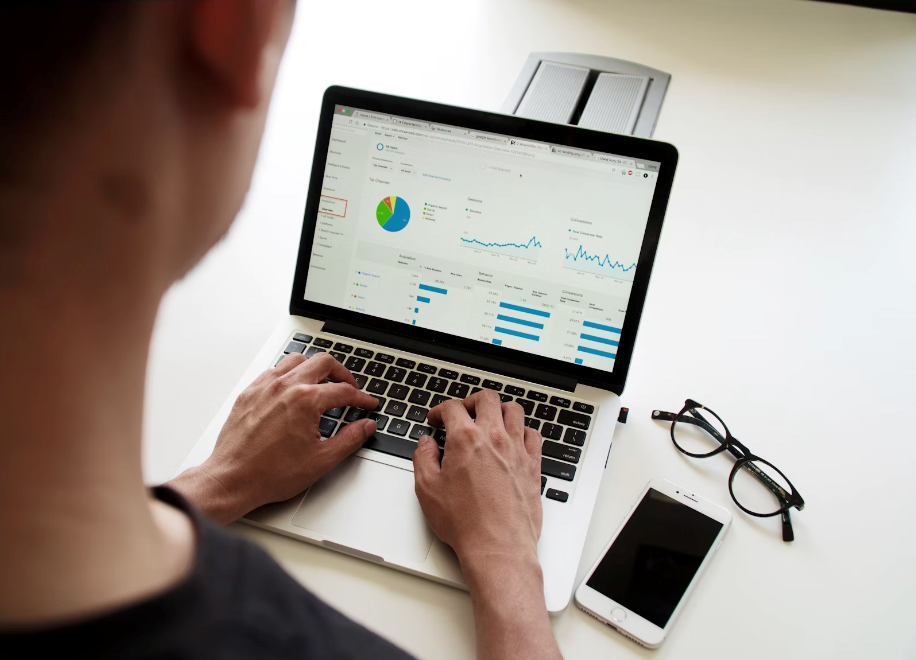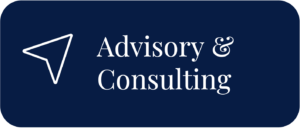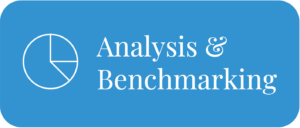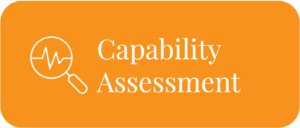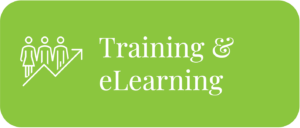When we published our Data Suite series back in 2022, we knew the procurement landscape was evolving rapidly. But even we couldn’t have predicted just how quickly things would change.
In the past two years, we’ve seen a seismic shift in procurement technologies and practices, driven by advancements in AI, changing business priorities, and the need for more agile, data-driven decision-making.
As we look back on our series, it’s clear that while the core principles remain relevant, the tools and techniques available to procurement professionals have undergone significant transformation.
Let’s first do a recap of what was covered in the six-part series, then we will reflect on what has changed.
The Data Suite Series of 2022
Let’s take a brief journey through the key insights we shared in our Data Suite Series, which laid the foundation for understanding modern procurement practices.
Quick links to The Data Suite Series
- What Is a Procurement Spend Cube?
- Data Categorisation
- Compliance Reporting
- Clean Up Your Contract Management with the Contract Tracker
- Maximise Your Precious Resources with Opportunity Analysis
- Project Charters – The Ultimate Category Transformation
Browse through the articles to see the various dashboards discussed

#1. Procurement Spend Cubes: Unlocking Data Insights
In our first article, we introduced procurement spend cubes, powerful tools that offer a multi-dimensional view of your spend data. These cubes help you visualise purchasing patterns, understand departmental spend, and gain insights into your supplier relationships. We explored how spend cubes can inform sourcing strategies, uncover cost savings, and enhance vendor relationships. The process, from data collection to analysis, was broken down step by step, and we highlighted our Spend Analysis Suite’s intuitive dashboards.
Read the full article: What Is a Procurement Spend Cube?
Fast forward to today, and AI has taken spend cubes to a new level. Beyond just analysing past data, advanced AI now predicts trends, identifies risks, and suggests optimal procurement strategies, providing teams with proactive insights rather than reactive responses. This shift is enabling procurement professionals to make more strategic decisions with the help of machine learning-driven data analysis.
#2. Data Categorisation: Building the Foundation for Smart Procurement
In our second article, we emphasised the importance of data categorisation in procurement. Accounting-focused data structures often fall short, so we introduced procurement taxonomy as the solution. A well-structured taxonomy provides line-item detail beyond general ledgers, uncovering opportunities for cost savings and more strategic supplier negotiations.
Read the full article: Data Categorisation
Since then, AI-powered categorisation systems have emerged, offering dynamic solutions that adapt to changing business needs. These tools automate the categorisation process, reducing the manual effort required, and even manage tail spend more effectively. This evolution has made procurement operations more responsive, accurate, and aligned with modern business demands.
#3. Compliance Reporting: Gaining Control Over Maverick Spend
Maverick spending can account for up to 80% of total spend in some organisations, a significant challenge for procurement teams. In our third article, we discussed the difficulties in enforcing compliance and introduced ProcureTRAK’s Compliance Reporting Dashboards. These tools track spend under contract, purchase orders, and instances of PO splitting, helping identify non-compliance down to the department and individual buyer level.
Read the full article: Compliance Reporting
Today, compliance monitoring has become even more efficient thanks to real-time data tracking and AI-driven analytics. Organisations can now monitor compliance issues as they happen, allowing for immediate corrective action. With these advancements, procurement teams can preempt non-compliant behaviors before they escalate into larger issues, making compliance management a more proactive process.
#4. Contract Management: Moving Beyond Spreadsheets
Poor contract management can cost businesses up to 10% of their annual revenue. In our fourth article, we highlighted the limitations of Excel spreadsheets and presented Comprara’s Contract Reporting Dashboards as a centralised, proactive solution. With alerts for expiring contracts, breakdowns by category, and a calendar view, these tools streamline contract oversight.
Read the full article: Clean Up Your Contract Management with the Contract Tracker
Since then, contract management tools have become even more sophisticated. Advanced AI and Natural Language Processing (NLP) now automatically extract key information from contracts, flagging potential risks and compliance issues in real-time. Seamless integration with e-signature platforms and predictive risk assessment features have also made it easier for businesses to execute contracts swiftly and accurately, reducing delays and the risk of revenue loss.
#5. Resource Allocation: Optimising Procurement for Maximum Impact
Effective resource allocation is essential in complex supply chains. In our fifth article, we introduced ProcureTRAK’s Complexity Assessment & Opportunity Analysis Dashboards, designed to optimise resource distribution. By leveraging tools like Category Complexity Segmentation, Opportunity Wave Plan, and Supply/Demand Analysis, procurement teams can make more informed decisions.
Read the full article: Maximise Your Precious Resources with Opportunity Analysis
Today, AI-driven predictive analytics have transformed the way procurement teams allocate resources. By predicting future supplier relationships and market conditions, these tools provide detailed strategy recommendations. Interactive and customisable visualisations now allow procurement teams to better understand supply and demand dynamics, driving even more precise and effective resource allocation.
#6. Project Charters: From Insights to Action
Project Charters are the final step in the procurement optimisation journey, transforming insights into actionable plans. Our sixth article introduced ProcureTRAK’s Project Charter Suite, featuring dashboards that summarise potential projects and provide detailed information for each one. These charters help build strong cases for C-suite executives by highlighting potential savings and the cost of delays.
Read the full article: Project Charters – The Ultimate Category Transformation
In today’s procurement landscape, project charters are more powerful than ever. AI-driven project recommendations and real-time tracking now ensure that project progress is monitored continuously, with instant updates on savings achieved. Automated report generation, driven by AI, provides deeper insights and more contextually aware reporting, allowing procurement teams to deliver more persuasive and data-rich cases to decision-makers.
Now that we’ve revisited the core concepts from our 2022 series, let’s explore how the procurement landscape has evolved since then.
9 Major Shifts in Procurement Data Since 2022
Here are nine major shifts, or big trends, that have reshaped the world of procurement data and analytics since we published our original series:
1. Advanced AI and Machine Learning Integration
Remember when we talked about spend cubes and data categorisation? Well, AI has taken these processes to a whole new level. Today’s AI doesn’t just analyse data; it predicts trends, recommends strategies, and even identifies patterns that human analysts might miss. From spend analysis to project charters, AI is now a central player in every aspect of procurement.
2. Real-Time Data and Analytics
Our discussions on compliance reporting and project tracking highlighted the need for timely information. Now, ‘timely’ means ‘real-time’. The shift towards instantaneous data processing and analysis allows for immediate insights and faster decision-making. This real-time capability is transforming how we monitor compliance, track projects, and integrate various procurement systems.
3. Enhanced Data Visualisation and User Experience
Across all our articles, from spend cubes to project charters, we emphasised the importance of clear data presentation. The trend has moved towards more interactive, customisable, and user-friendly visualisations. These advancements are making complex procurement data more accessible and actionable, even for non-technical users.
4. Sustainability and ESG Focus
While we didn’t explicitly cover this in our original series, sustainability and ESG considerations have become central to procurement decisions. Organisations are now using spend data to support sustainability efforts and track ESG performance, influencing everything from supplier selection to contract terms.
5. Dynamic and Intelligent Categorisation
Our article on data categorisation touched on the importance of proper taxonomy. Today, we’re seeing a shift towards dynamic, AI-powered categorisation systems. These tools can adapt to changing business needs, automate the categorisation process, and even manage tail spend more effectively.
6. Advanced Risk Management
When we discussed contract management and opportunity analysis, we touched on risk assessment. Now, AI-driven contract analysis, predictive risk assessment, and automated compliance tracking are taking risk management to new heights, helping organisations preempt issues before they arise.
7. Integration of External Data and Cross-Functional Collaboration
The procurement function is becoming more integrated with other business areas. Modern systems now incorporate external market data and align procurement data with other business functions, fostering a more holistic approach to business intelligence.
8. Scenario Planning and Predictive Capabilities
Our articles on opportunity analysis and project charters highlighted the need for strategic planning. Today’s tools offer sophisticated scenario planning capabilities, allowing procurement teams to model different strategies and predict outcomes before implementation.
9. Natural Language Processing (NLP) in Procurement
NLP has emerged as a game-changer, particularly in contract management and reporting. It’s now possible to automatically extract key information from contracts and generate nuanced, context-aware reports, significantly streamlining these processes.
As we reflect on these progressions, it’s clear that the procurement function is more dynamic and strategically important than ever. While the fundamental principles we discussed in our Data Suite series remain relevant, the tools and techniques available to procurement professionals have evolved dramatically. Staying abreast of these changes is crucial for any organisation looking to maintain a competitive edge in today’s fast-paced business environment.
In Conclusion
As we look to the future, it’s clear that procurement will continue to evolve at a rapid pace. The key to success lies in embracing these technological advancements while staying true to the fundamental principles of strategic procurement. Organisations that can effectively blend the power of AI, real-time analytics, and cross-functional collaboration with sound procurement practices will be well-positioned to drive value, manage risks, and achieve sustainable growth in an increasingly complex business environment.

At Comprara, we’re committed to staying at the forefront of these changes, continually updating our tools and methodologies to help our clients navigate the ever-changing procurement landscape. As we move forward, we invite you to join us in embracing these new opportunities and challenges in the world of procurement.
Now is the time to integrate these cutting-edge procurement tools into your strategy. Embrace AI, real-time data, and ESG priorities today to ensure your business thrives in the complex procurement landscape of tomorrow.
Contact us at Comprara to learn how we can help you stay ahead.


